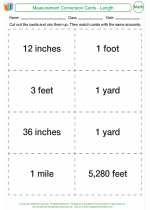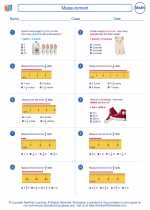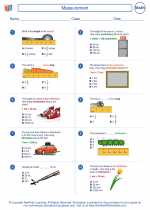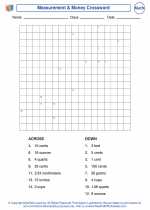Perpendicular Bisector
A perpendicular bisector is a line, segment, or ray that divides another line segment into two equal parts at a 90-degree angle (perpendicular). The perpendicular bisector of a line segment also passes through the midpoint of the segment.
Properties of Perpendicular Bisector:
- It divides the line segment into two equal parts.
- It forms right angles with the line segment it bisects.
- It passes through the midpoint of the line segment.
Formula for Finding Perpendicular Bisector:
To find the equation of the perpendicular bisector of a line segment with endpoints (x1, y1) and (x2, y2), you can use the midpoint formula to find the midpoint of the line segment, and then use the negative reciprocal of the slope of the line segment to find the slope of the perpendicular bisector. The equation of the perpendicular bisector can then be expressed in the form y = mx + b, where m is the slope and b is the y-intercept.
Example:
Find the equation of the perpendicular bisector of the line segment with endpoints (2, 3) and (6, 7).
Step 1: Find the midpoint of the line segment using the midpoint formula:
Midpoint = ((x1 + x2) / 2, (y1 + y2) / 2)
Midpoint = ((2 + 6) / 2, (3 + 7) / 2) = (4, 5)
Step 2: Find the slope of the line segment:
Slope = (y2 - y1) / (x2 - x1) = (7 - 3) / (6 - 2) = 4 / 4 = 1
Step 3: Find the negative reciprocal of the slope to get the slope of the perpendicular bisector:
Perpendicular Bisector Slope = -1/1 = -1
Step 4: Use the midpoint and the slope to form the equation of the perpendicular bisector in the form y = mx + b:
y = -x + b
Then, substitute the midpoint (4, 5) into the equation to find the y-intercept:
5 = -4 + b
b = 9
So, the equation of the perpendicular bisector is y = -x + 9.
Study Guide:
- Understand the definition of a perpendicular bisector.
- Learn the properties of perpendicular bisectors.
- Practice using the midpoint formula to find the midpoint of a line segment.
- Practice finding the slope of a line segment and the negative reciprocal to find the slope of the perpendicular bisector.
- Practice using the midpoint and slope to form the equation of the perpendicular bisector.
By understanding the properties and formula for finding the equation of a perpendicular bisector, you'll be able to effectively apply this concept to solve problems and analyze geometric figures.
.◂Math Worksheets and Study Guides Fourth Grade. Measurement

 Activity Lesson
Activity Lesson
 Activity Lesson
Activity Lesson
 Activity Lesson
Activity Lesson
 Worksheet/Answer key
Worksheet/Answer key
 Worksheet/Answer key
Worksheet/Answer key
 Worksheet/Answer key
Worksheet/Answer key
 Worksheet/Answer key
Worksheet/Answer key
 Worksheet/Answer key
Worksheet/Answer key
 Worksheet/Answer key
Worksheet/Answer key
 Worksheet/Answer key
Worksheet/Answer key
 Worksheet/Answer key
Worksheet/Answer key
 Worksheet/Answer key
Worksheet/Answer key
 Worksheet/Answer key
Worksheet/Answer key
 Vocabulary/Answer key
Vocabulary/Answer key
 Vocabulary/Answer key
Vocabulary/Answer key
 Vocabulary/Answer key
Vocabulary/Answer key
